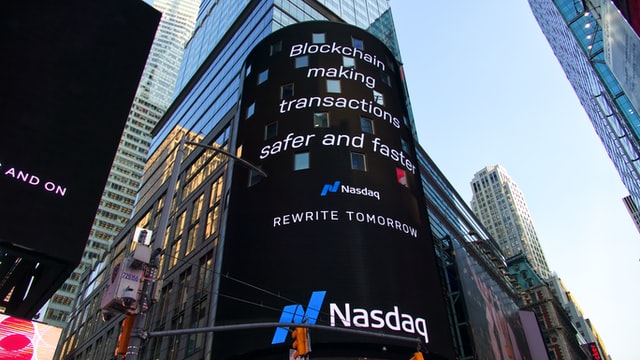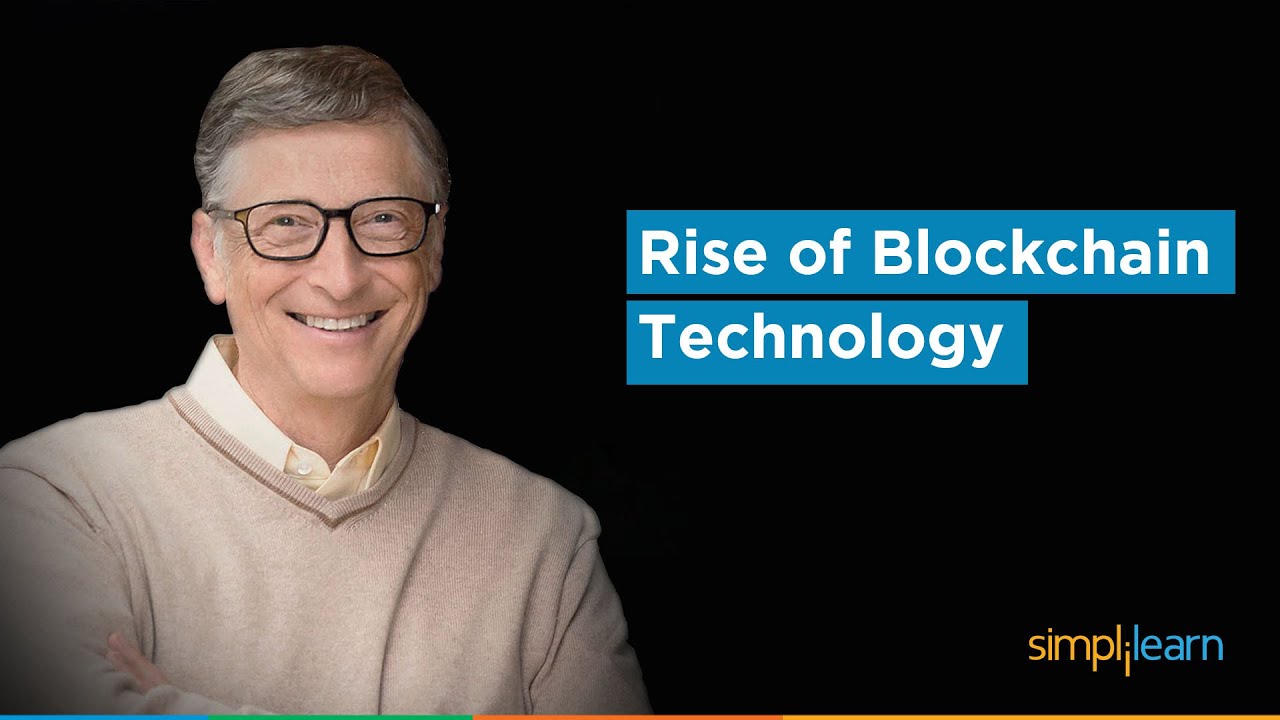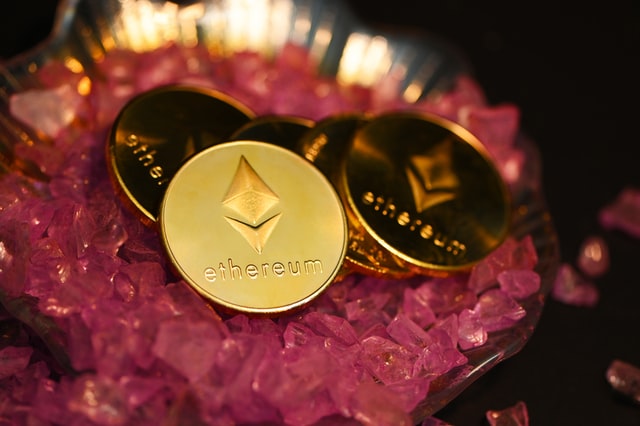Something Old, Something New – Has Blockchain ‘Aged’ Well?
The buzz about blockchain has been going on for over a decade now. Yet, many would still say it’s a new concept. Is there a problem with that? One software engineer thinks there is.
Author:Rhyley CarneyReviewer:Paula M. GrahamFeb 07, 202261.9K Shares1.1M Views

At the 2018 WIRED25 Summit, an annual tech event featuring innovators in technology, two invitees believed blockchain was still in its “early days.”
That’s how WIRED put it after talking to Neha Narula, director of MIT Media Lab’s Digital Currency Initiative, and to Reddit cofounder and venture capitalist Alexis Ohanian. They sat down together for an interview at the said gathering.
Narula and Ohanian perceived blockchain to be a technology still likely in its infancy.
Same as how Grace Guo, CPA, saw it: as an “emerging technology.”
Guo, COO of e^{i} Ventures, a New York-based decentralized finance (DeFi) and crypto applications startup studio, likewise depicted blockchain as a form of disruptive technology in her 2019 article for The Actuary.
Blockchain got introduced in October 2008, according to Harvard Business Review (HBR), alongside the bid for a digital currency called Bitcoin, today’s strongest cryptocurrency.
Bitcoin’s introduction happened in 2009 and has become blockchain technology’s first application.
Then another blockchain platform emerged in 2015: Ethereum.
What piques Boston-based software engineer Molly White is how blockchain gets treated as this kind of technology in its “early days.”
In her eponymous blog, White wrote that while 2009 and 2015 may not be viewed to be such a very distant past, that’s not the case in the tech community. She stressed how 2009 and 2015 happened “a lifetime ago.” In her viewpoint, crypto transactions have already been taking place “for ages.”
She then enumerated some of the major actions in the tech world that occurred in all those years that blockchain has been in existence. Plus, White narrated how other blockchain-related technologies also surfaced, such as DeFi, non-fungible tokens (NFTs), and smart contracts.
Yet, in her observation, blockchain is still being vouched as something new.
So, for White, it could be quite annoying to hear people – she mentioned Narula and Ohanian – talking about blockchain as if it came out only a few months ago.
White asks: “How long do we need to wait before someone comes up with an actual application of blockchain technologies that isn’t a transparent attempt to retroactively justify a technology that is inefficient in every sense of the word?”
Her fiery question stemmed from the fact that blockchain technology and cryptocurrency have been causing a ruckus of sorts since their launch. From crypto mining’s detrimental impact on the environment to the number of people already scammed, White is itching to know why the tech people are taking baby steps in securing blockchain.
Technologists have been trumpeting about blockchain since 2009, and, as White sees it, they still do so, albeit by saying how new this technology is.
For White, that’s a problem.
She even went as far as to compare blockchain to “a pyramid scheme.” The primary players (i.e., the major investors) seem to be just focused on making more money – striking while the iron is hot? – before the bubble ultimately burst.

Why Blockchain Matters More Than You Think - Jack Ma, Bill Gates, Elon Musk, Vitalik|Simplilearn
Fundamentals Of Blockchain Technology
To get a firm grasp of Molly White’s sentiments and arguments, here’s a quick dig into the basics of blockchain technology.
There’s this information technology (IT) infrastructure or computer network called peer-to-peer (P2P) network. This P2P network is where two or more computers are connected together and “share files and access to devices,” according to Computerworld.com.
A 2018 Microsoft article narrated how “a hybrid peer-to-peer network” caused major financial and economic crises in the U.S. in 1999, whose impact extended until 2008.
The said P2P network “used a central directory server,” according to the article, which explains its description as “hybrid.”
As previously mentioned in this article, blockchain was introduced in 2008, followed by Bitcoin in 2009.
Now this thing called blockchain is also a P2P network– but a decentralized P2P network, according to the Microsoft article. It was assumed to be created to prevent financial problems that may again arise from a hybrid P2P network.
What Exactly Is Blockchain?
A physical ledger is a written record of day-to-day financial transactions of physical and online companies and small businesses.
In the world of cryptocurrency(sometimes shortened to “crypto”), where a digital currency or cryptocurrency is used, transactions are likewise recorded. They are kept in what Investopedia calls as a “digital database.”
Most online sources refer to this digital database as a “digital ledger” because it essentially functions as a ledger in the virtual world, where cryptocurrency exists.
This digital database or digital ledger for cryptocurrency transactions is named blockchain.
Through the aid of computers installed with powerful hardware, people do computational work, which involves solving complex cryptographic/math equations to mine (hence, they’re called “miners”) cryptocurrencies. Cryptocurrency mining consumes so much electricity, which, in the long run, hurts the environment (as White indicated in her blog).
When cryptocurrencies are successfully mined(i.e., created; like when central banks mint real coins), blockchain collects, records, and stores “electronically in digital format,” as stated by Investopedia, all information in relation to it.
In a nutshell, the collected groups of information or data structures – referred to as “blocks,” per Investopedia – are kept in a database/digital ledger called blockchain.
Euromoney Learning expounds by saying that a blockchain is one kind of Distributed Ledger Technology (DLT), which, according to Investopedia, is another term for blockchain technology.
One primary purpose of DLT is to ensure that blockchain works in a secured capacity.
What Is Proof Of Stake In Blockchain?
Each cryptocurrency transaction is verified to prove that its legitimate. Verification will therefore prevent instances of fraud.
The two ways to verify cryptocurrency transactions are through proof of work (PoW) and proof of stake (PoS).
Online sources refer to each as a “consensus algorithm” or “consensus mechanism.”
Consensus is needed in blockchain because as a decentralized P2P network, there’s no single authority (in other words, there’s no single or particular government or bank overseeing it).
There are “hundreds of thousands of participants,” according to Investopedia. Therefore, all these participants should arrive at an agreement or consensus in terms of verifying cryptocurrency transactions. That’s the aim of PoW and PoS.
In PoW, there’s mining.
Bitcoin, Ethereum, Dogecoin, Litecoin, and Monero are some of the cryptocurrencies that use PoW, with Bitcoin being the first to adopt it. For that, they’re referred to as proof-of-work coins/cryptocurrencies.
In PoS, instead of a computer-aided calculation or mining, there’s “staking.”
Coin owners who want to verify crypto transactions should “stake” a required number of coins to be eligible. “Staking” their coins will make them “validators,” the counterpart of miners.
Validators are randomly picked to validate transactions, to which they would be rewarded with cryptocurrency equivalent to the coins they staked, according to American crypto company Coinbase.
Algorand, Cardano, Peercoin (original PoS model user), and Tezos are some examples of proof-of-stake coins/cryptocurrencies.
At Hacker News, two software engineers shared their thoughts about PoS and White’s opinions.
San Francisco-based graphics software engineer Jasper St. Pierre finds PoS “very flawed.” He further criticized it by saying that it “nulls most of the security properties” blockchain technology is supposed to deliver.
Conclusion
One of White’s contentions is the security concerns surrounding blockchain.
She’s been left wondering why “in the past six to twelve years,” fortifying its security seems to be moving at a snail’s pace.
White mentioned the 2011 security breach of Tokyo-based bitcoin exchange Mt. Gox, which tech news website Daily-Tech described as “the mega-hack of Bitcoin.”
St. Pierre justified his claim on security issues by saying that “a full chain attack” by cybercriminals is possible “if someone captures 50% of this chain.” Now when security issues such as this are brought up, reactions of crypto enthusiasts could be mainly divided into two.
One is where they simply hold on to the notion that miners and validators will not allow any act that would compromise their coins. The other one is where they believe it’s an “evidence of corruption at work.”
For Josh Rumbut, a software engineer at the University of Massachusetts Medical School, White’s arguments deal with blockchain’s performance: having more misses than hits all these years. He thinks that Bitcoin and Ethereum are the only ones making several hits.
The absence of a centralized authority poses a problem, said Rumbut. It’s the culprit that White failed to notice.
Yes, blockchain has aged.
However, regardless of being around for more than a decade, Rumbut said that it’ll take “much, much longer to make changes” for being decentralized.

Rhyley Carney
Author

Paula M. Graham
Reviewer
Latest Articles
Popular Articles


